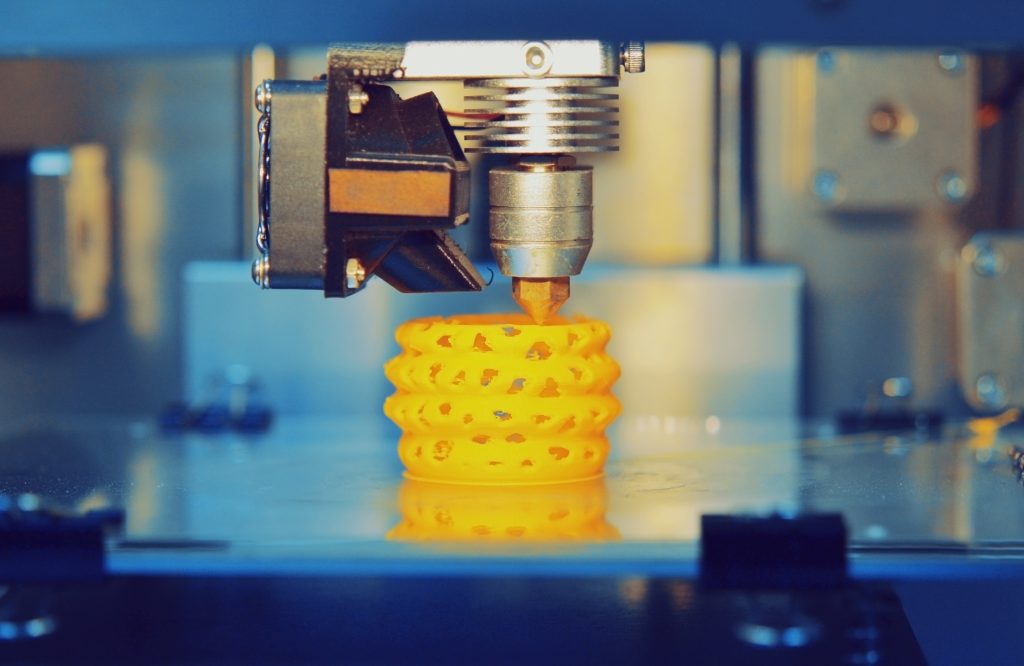Are you curious about the true cost of 3D printing? Well, look no further. In this article, we will delve into the various factors that influence the expenses associated with this innovative technology. From materials and part volume to manual labor and equipment costs, we’ll break it all down for you. By understanding these cost considerations, you’ll be able to make informed decisions when it comes to utilizing 3D printing for your prototyping or customization needs. So let’s dive in and uncover how much 3D printing actually costs.
Factors Affecting the Cost of 3D Printing
The cost of 3D printing can be influenced by various factors, such as the type of material used, post-processing requirements, and the price of buying and running a 3D printer. The choice of material plays a significant role in determining the cost. For instance, thermoplastics like PLA and ABS are commonly used and more affordable compared to resin or metal materials. Additionally, the volume of the printed part affects the overall cost as larger parts require more material and production time.
Post-processing is another factor that adds to the final price. Additional manual work, such as support or powder removal, cleaning, and sanding increases the labor costs involved. Moreover, equipment costs play a crucial role in determining the overall expenses. These include installation charges, set-up time required for calibration and maintenance costs.
Considering both upfront purchase price and ongoing running costs is essential when calculating the total expense associated with 3D printing. The type of printer you choose has a significant impact on these costs. Hobbyist printers start around $200 while industrial-grade printers can go beyond $10,000.
Cost of 3D Printing Materials
When choosing materials for 3D printing, you’ll find that different options vary in terms of price and quality. Plastics like thermoplastics (e.g., PLA, ABS) are commonly used and affordable. They offer a good balance between cost and performance. Thermoset resins, on the other hand, provide high detail and smooth surfaces but tend to be more expensive.
If you’re looking to print with metals, stainless steel and aluminum are commonly used due to their availability and lower cost compared to other metal alloys like titanium and copper.
For those seeking stronger parts with excellent strength-to-weight ratios, composites like carbon fiber, Kevlar, and fiberglass strands are ideal choices. However, they do come at a higher cost compared to plastics and metals.
It’s important to consider these material costs when budgeting for your 3D printing projects. While some materials may have a higher upfront cost, they may also offer enhanced properties or better aesthetics that justify the investment.
Ultimately, the choice of material will depend on your specific requirements and budget constraints. It is always recommended to compare different options before making a decision based on both price and quality considerations.
Cost of Different 3D Printing Processes
To understand the pricing of different 3D printing processes, you’ll need to consider factors like the type of printer and materials used. Fused Deposition Modeling (FDM) is a cost-efficient option for simple part geometries and smaller production runs, with lower base material costs. However, additional factors like support structures and post-processing can increase the overall cost. Stereolithography (SLA) and Selective Laser Sintering (SLS) processes use resin and powder materials, respectively, which tend to be more expensive than FDM. Multi-Jet Fusion (MJF) provides high-quality prints but can be costlier due to the use of powder materials and additional post-processing steps. Direct Metal Laser Sintering (DMLS), suitable for metal parts, is generally more expensive than polymer-based processes. PolyJet offers high-resolution prints but can also be costlier due to the use of liquid photopolymer materials.
When considering the cost of different 3D printing processes, it’s important to evaluate not only the initial printer investment but also ongoing expenses such as maintenance, material costs per unit volume or weight, labor costs associated with post-processing tasks like support removal or finishing touches on printed objects.
Design Considerations for Cost-Effective 3D Printing
Designing for 3D printing can help optimize the cost of production by minimizing material waste and reducing production time. When designing for cost-effective 3D printing, there are several considerations to keep in mind.
Firstly, simplifying the geometry of your design can have a significant impact on cost. Complex designs require more material and time to print, which increases costs. By simplifying the design, you can reduce these expenses.
Secondly, optimizing support structures is crucial. Minimizing or eliminating the need for support structures reduces material usage and post-processing time. This not only saves money but also improves overall print quality.
Additionally, considering part orientation is important. Properly orienting the part during printing can minimize the need for supports and improve print quality, resulting in cost savings.
Moreover, using appropriate infill is essential. Adjusting the infill percentage can balance strength and material usage, optimizing cost without compromising structural integrity.
Finally, designing specifically for additive manufacturing can bring significant cost savings. By taking advantage of 3D printing capabilities and understanding its limitations, you can minimize material waste and production time.
Value of 3D Printing
The value of 3D printing lies in its ability to produce highly customized and complex designs that may not be feasible with traditional manufacturing methods. With 3D printing, you can create intricate and personalized products that meet your specific needs. This level of customization allows for greater innovation and creativity in design.
In addition to customization, 3D printing offers the advantage of producing complex geometries that would be difficult or impossible to achieve using traditional manufacturing techniques. Its layer-by-layer approach allows for the creation of intricate structures with internal features, such as hollow parts or lattice structures, which can enhance the functionality and performance of a product.
Furthermore, 3D printing reduces lead time by enabling rapid prototyping and on-demand production. The shorter production cycles allow for quicker turnaround times, making it easier to iterate designs and bring products to market faster.
Another benefit is the sustainability aspect of additive manufacturing. Compared to subtractive manufacturing methods like CNC machining, 3D printing generates less material waste since only the necessary amount of material is used in the production process. This reduction in waste contributes to a more sustainable production process overall.
Overall, the value of 3D printing lies in its ability to produce highly customized and complex designs, reduce lead time, facilitate iterative design processes, and contribute to a more sustainable manufacturing approach.



